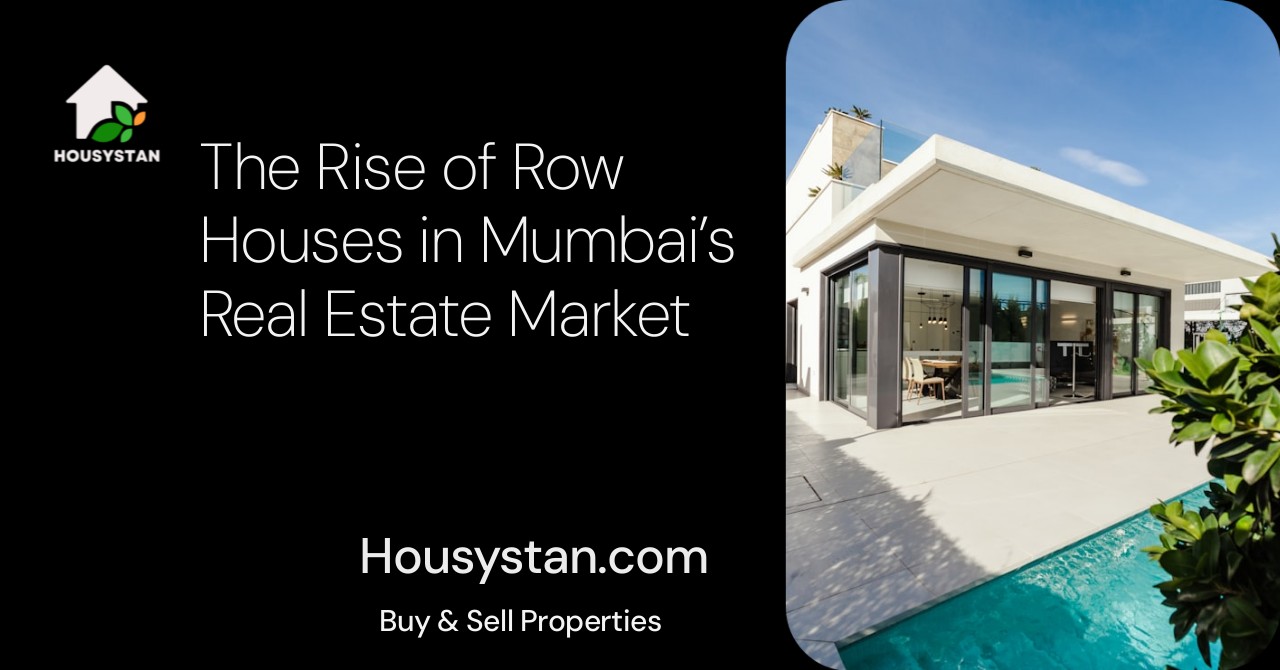The Rise of Row Houses in Mumbai’s Real Estate Market
Read latest blogs and articles from Housystan

The Information mentioned here was last updated on:
21/12/2025Mumbai, renowned as the financial capital of India, is witnessing a remarkable transformation in its real estate landscape with the increasing popularity of row houses. Traditionally dominated by high-rise apartments and skyscrapers, the city is now experiencing a surge in demand for row houses, especially among homebuyers seeking exclusivity, privacy, and a sense of community. This shift is reshaping property trends, making row houses a coveted choice for families, professionals, and investors alike across Mumbai and its surrounding suburbs.
One of the primary reasons behind the rise of row houses in Mumbai’s property market is the unique blend of independence and shared amenities they offer. Unlike conventional apartments, row houses provide private entrances, individual gardens, and multiple floors, delivering a villa-like experience within a secure gated community. This appeals to residents who desire both personal space and social interaction, a balance that is increasingly sought after in today's fast-paced urban environment.
Furthermore, the strategic locations of row house projects in Mumbai add significant value for potential buyers. Many developments are emerging in prime areas such as Thane, Navi Mumbai, Borivali, Kandivali, and even in newly developing corridors like Panvel and Kalyan. These locations offer excellent connectivity, proximity to business hubs, educational institutions, healthcare facilities, and recreational centers, enhancing the overall lifestyle experience for homeowners.
- Verified Tenants/Buyers
- Unlimited Property Listing
- Zero subscription/charges fee
Another factor contributing to the demand for row houses in Mumbai is the growing preference for sustainable and eco-friendly living spaces. Developers are incorporating green design elements such as rainwater harvesting, solar panels, landscaped gardens, and efficient waste management systems. These initiatives not only promote environmental responsibility but also help residents enjoy lower utility costs and a healthier living environment.
Investment in row houses across Mumbai is also gaining momentum due to attractive returns and steady appreciation in property values. As the city continues to expand, these homes are increasingly viewed as a stable and lucrative asset, especially for those seeking long-term growth in flourishing neighborhoods. The blend of modern architecture, premium amenities, and strategic location makes row houses a smart and future-ready real estate choice for Mumbaikars.